Jump to:
Improve your poor garden drainage with these smart and inexpensive solutions!
The heavy rainfall over the week may have got you worrying about your soil drainage status. If you’re new to this issue, you may be unsure whether it can wreak havoc on your garden or not.
But one thing’s certain: poor drainage can kill every living root in your plot, especially when left out. This includes the lawn and your garden plants. Not to mention the increased waterlogged concerns and possible yard swamps.
Fortunately, there are a good deal of garden drainage solutions for you to try and save the day!
Garden Drainage Systems

Drainage in gardens allows water in the soil to drain freely so the roots can receive enough air. The healthier the grass roots are, the same goes for the garden plants.
The system is usually laid under the lawn and garden. It can also be built using plastic drainage pipes, gravel French drains, or a combination. Overall, drainage provides a stable solution to move excess water from the green space.
Garden drainage issue

Inadequate pitch or slope in the garden often causes drainage problems. For one, this prevents water runoff from being diverted from the house. And such issues can particularly get complicated during and after the rainy months.
For instance, a free-flowing downpipe can pour excess rainwater into the lawn surface. Soggy soil and muddy turf will affect, in turn, and eventually, poor drainage.
Keep in mind, though, that large puddles of water or sunken grass don’t always mean drainage issues. But squelching grass or oozing water when you step on it can be evidence too.
For confirmation, dig your way to the soil (23 inches deep), then fill the hole with water and return after 4 hours. This method can help you determine if your garden drainage needs improvement. If it’s drained, there’s nothing to worry about. But if it’s not, we recommend following the ideas below for proper drainage.
Garden Drainage Solutions
1. Know your soil better

When working with soggy soil, study and test it to make the most out of it. Determine which areas of the yard often get wet and how long it stays that way. Using a moisture level throughout the season will do the trick.
Or do it the traditional way by digging a deep hole (18 inches) and about 12 inches wide in the wet area. As mentioned, fill it with water – and the water level should be completely drained within 24 hours.
If you spot standing water after one day, repeat the test several weeks later. This will help you find out if you have seasonal drainage issues or a year-round wet soil challenge.
2. Check for water feature leaks

Improperly installed water features, such as a pond, patio slabs, or even a pool, can also be a factor. Either can lead to water flooding the land when mismanaged. It must be corrected right away to eliminate poor garden drainage systems.
And not because it’s in someone else’s garden doesn’t mean the water will stay there and won’t affect your plot. Double-check your own installations, and feel free to ask around the neighbourhood.
3. Fix disconnected guttering and downpipes

(Image Credit: Wikimedia Commons)
Heavy rainfall can increase water flow. Excess rainwater that goes onto the roof will then be poured out onto one of the patches of grass or the garden.
If your downpipe is overflowing with rainwater, connect it to your channel drainage. Alternatively, it might be a good idea to invest in a rainwater harvesting system. The latter is especially effective if there’s that much excess water.
4. Mend the clay soil

Clay soil doesn’t drain water that easily. A mild dose of rain alone can spell trouble in gardens. If you have this type of soil and can’t change it, there are a few drainage system solutions you can opt for.
Install a drainage system that stores water or directs it away from the soil. You can go for a ‘soakaway’ to prevent your garden from flooding or waterlogged soil. This method allows the collected water to soak away through the soil over time gradually.
Or consider water attenuation where local conditions don’t allow for a soakaway. It diverts water into a nearby watercourse or sewer. Besides harvesting water for gardening, it can also be useful for car washing. This reduces the cost of a metered water supply, making it a more sustainable solution.
Note: Check with the council if it’s permissible to install water attenuation in your garden.
5. Build raised beds

If you live within an area with lots of seasonal rainfall or have a smaller garden, raised beds are your best bet. They simply make a simple solution to fix drainage problems.
Fill the garden bed with good quality soil so your plants can get out of the swampy earth below. Use materials such as timber, brick, felled logs, or natural stones for the raised beds.
Raised garden beds can also create exciting features in your garden.
6. Mix in compost

(Image Credit: Wikimedia Commons)
Sometimes poor soil drainage comes from the soil condition itself. One of the natural ways to improve this is to add organic matter, like compost.
Mixing in compost will force tightly packed soil particles apart, thus improving drainage. Combine it with slow-draining soil to add valuable air pockets. Note that this method is a multi-year process. Incorporate 3-4 inches of compost yearly to improve drainage.
This soil-amendment method is also efficient for clay soil due to its finer particles. Adding compost to sandy soil is also recommended. It’ll fill the large pore spaces and absorb the moisture for longer. Ideal for moisture-loving plants.
7. Simply aerate

Aerating your soil can do more wonders for your plants. Besides increasing proper nutrient uptake, it’s also effective for improving water drainage.
There are different methods you can try, but a common one is spiking the soil using a spike aerator or a chopstick. A garden fork can also break the thick patches of grass and pierces through the compacted soil. Either way, the water will penetrate the earth and distribute more evenly and deeply.
8. Consider a rain garden

Rain gardens are terrific solutions for plots that are prone to periodic dampness. They collect rainwater and prevent the excess from overflowing in the garden.
On top of that, they also filter storm water and provide habitat and food for wildlife, e.g. butterflies and birds. These landscapes can thrive wet soil plants and, at the same time, tolerate short dry periods.
9. Install tile drainage

The secret to farmers’ consistent level of soil moisture and increased crop productivity! Drain tile systems are effective in creating an optimal environment for young plants. Plus, for encouraging root growth.
They can help with water management during stormwater events. Water is also unlikely to seep into your basement via cracks in your foundation or slab.
Moreover, this more labour-intensive solution requires attention to detail. You need to analyse the slope, tile depth, and where the water will outlet. A rain garden may be necessary near the tile drainage outlet.
It’s often best to have someone with a professional landscaping experience for this.
10. Grow water-loving plants

Another potential solution to poor landscape drainage is to grow water-loving plants. Such greenery can allow more to be absorbed into the ground.
It’s best to start with the right plants for your region. Plants that thrive in wet areas include Winterberry, Tatarian dogwood, Horsetail, and Marigold. What’s more, some vegetables happily grow in wet soil. Skirret carrots, Asparagus, Rhubarb, and Tanier spinach.
Note: Wet soil is any soil with poor drainage.
Round-up
Drainage issues, let alone soggy soil, make it tough for most landscape plants to survive. For one, standing or excess water can result in choking the green lawn and drowning plants.
So don’t let water enter your property or seep down to the foundation. Follow these tips and ideas and build a routine to have a constant well-drainage for your garden.


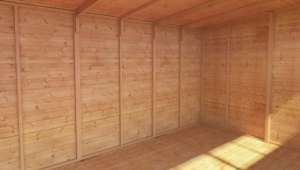


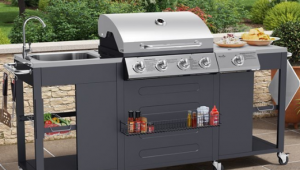
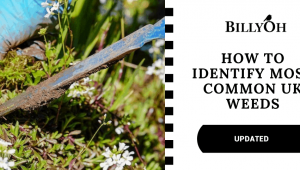
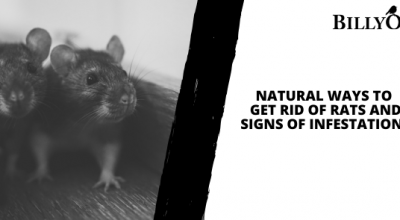
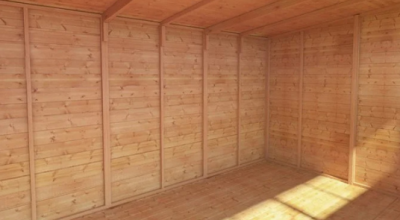
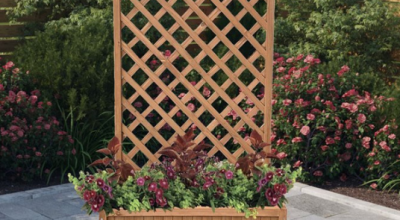
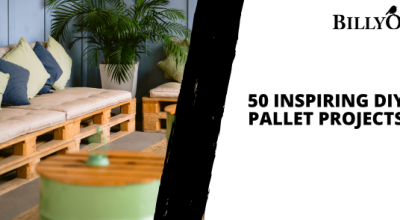
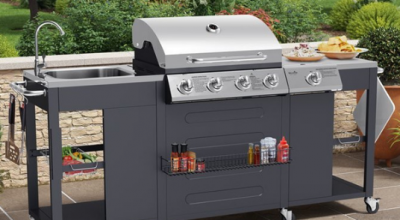
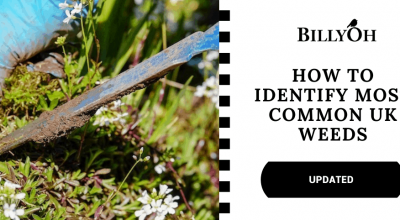
What do you think ?